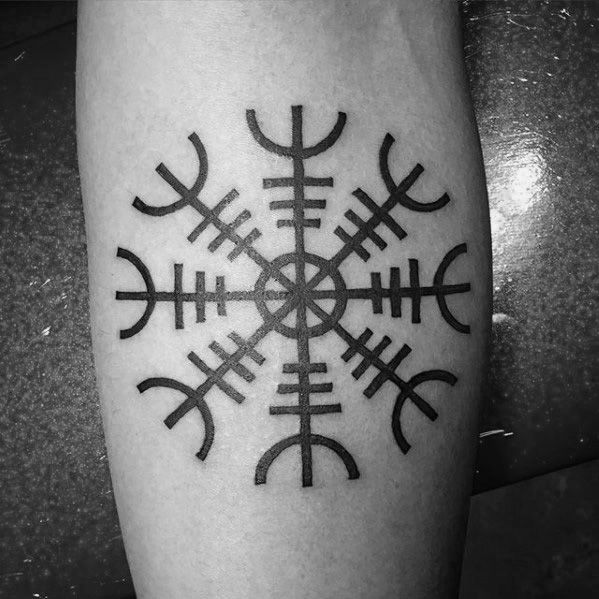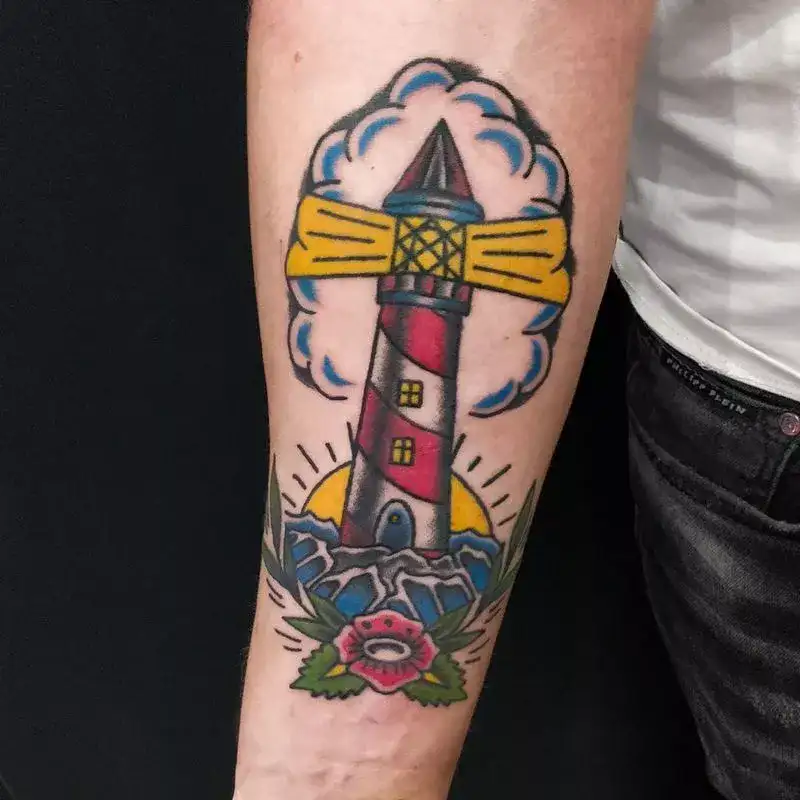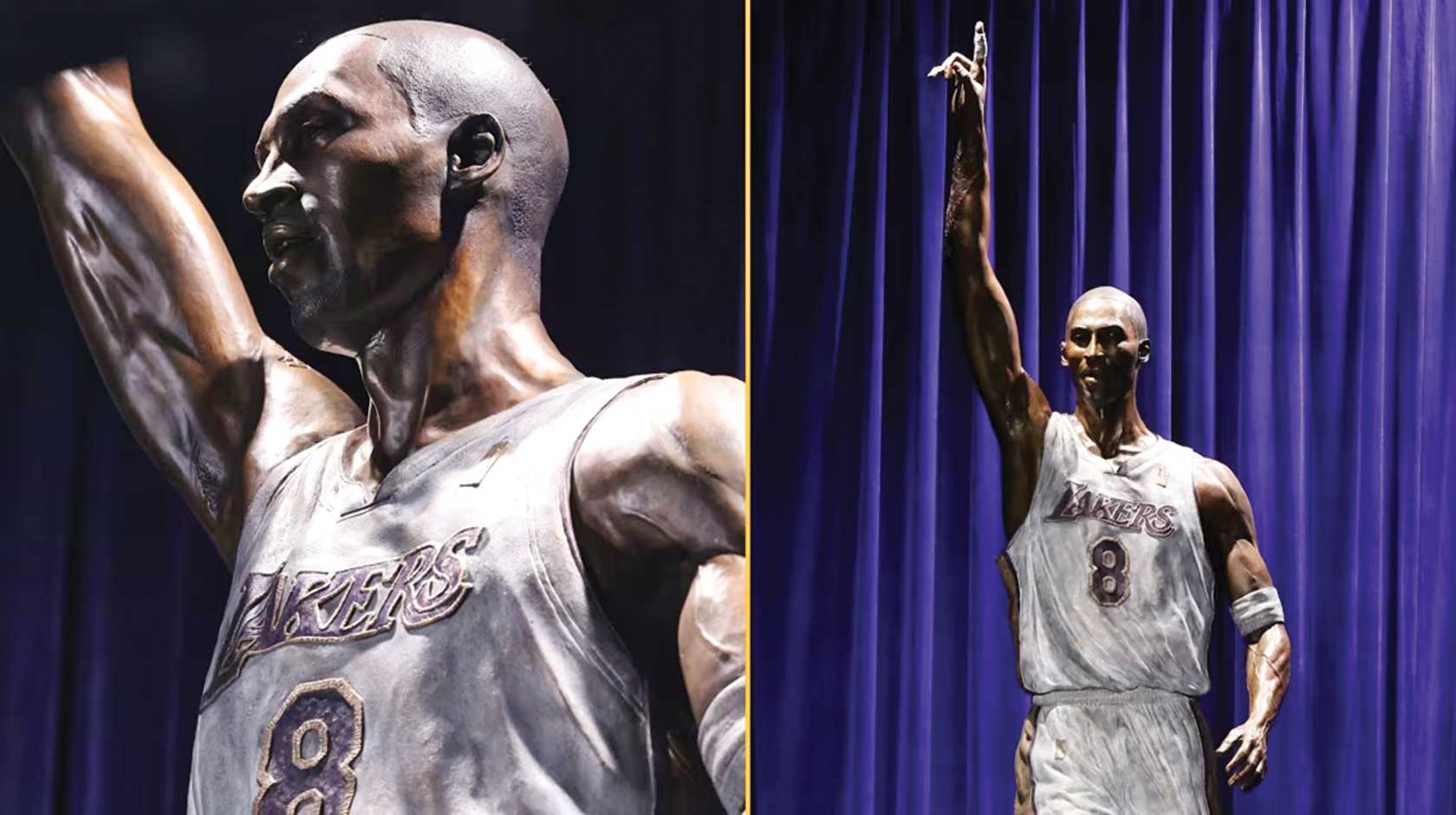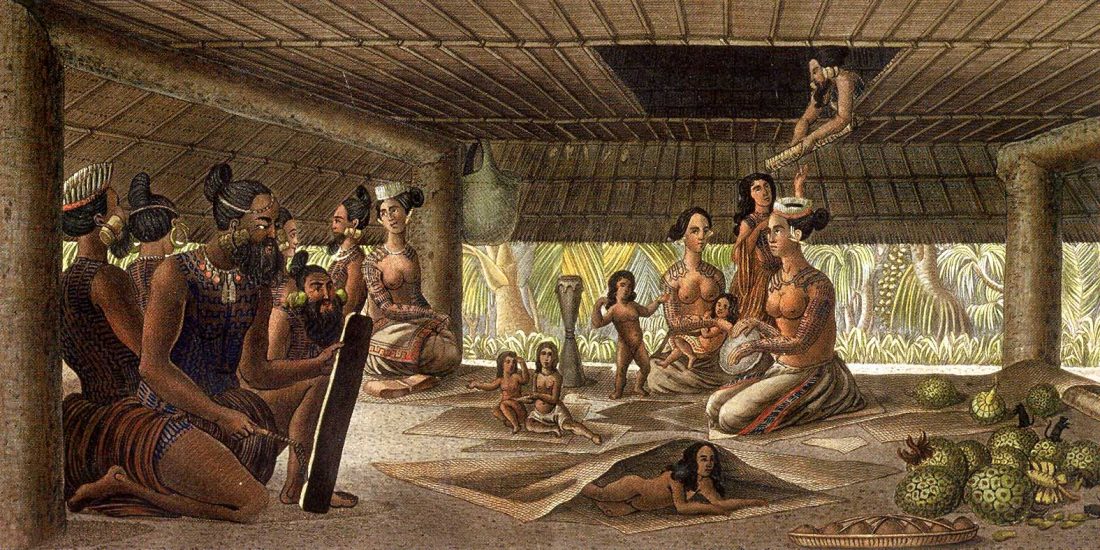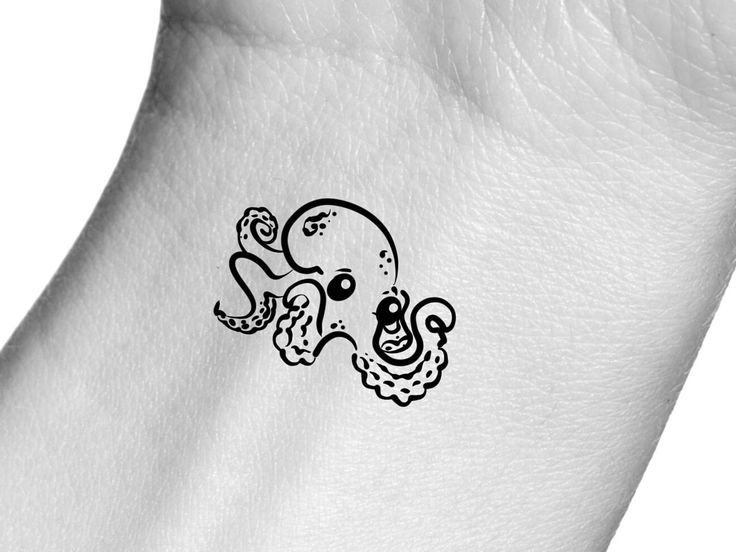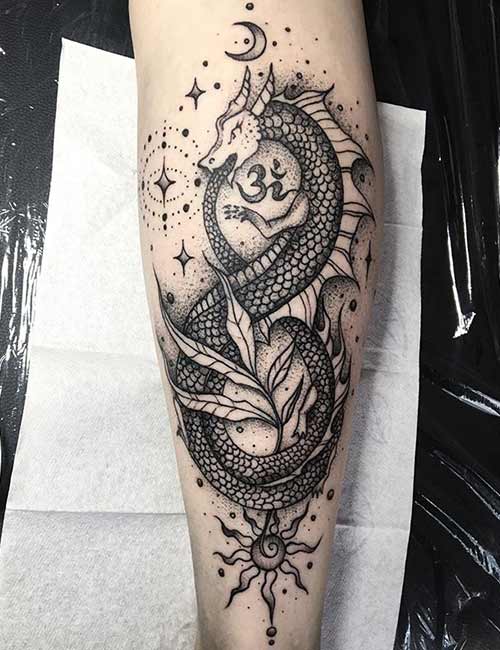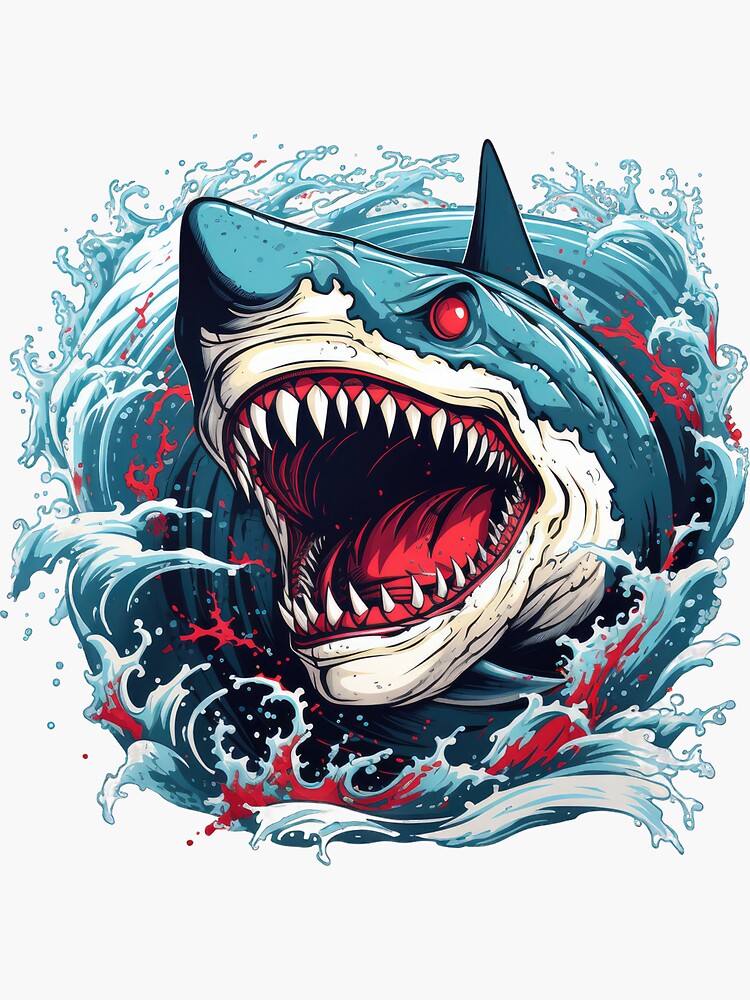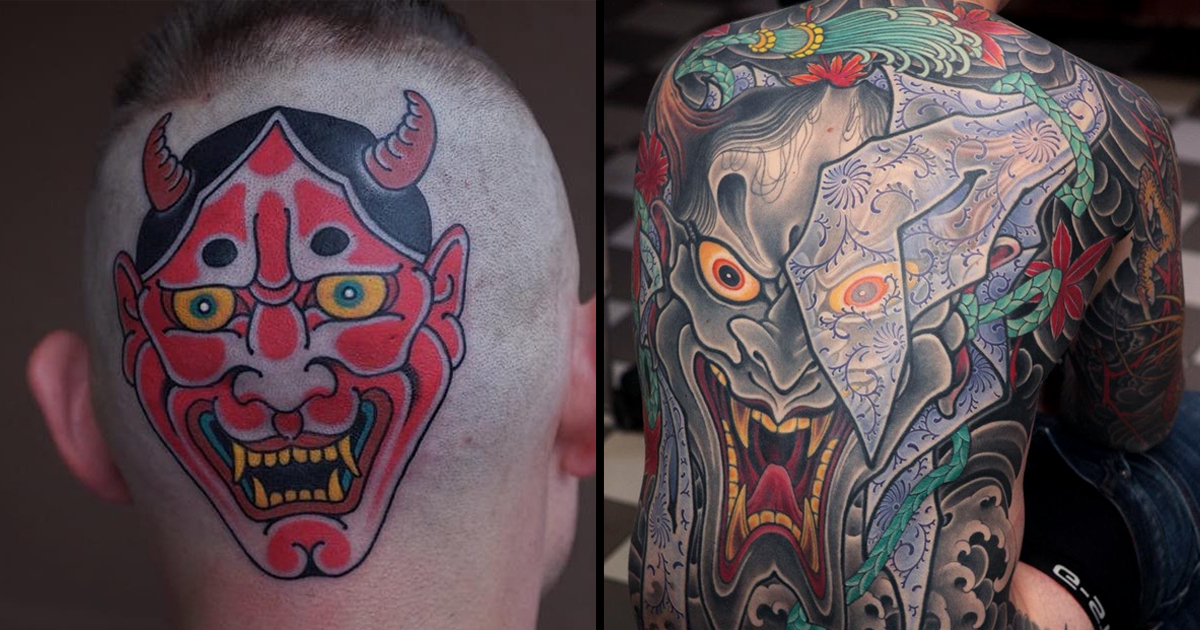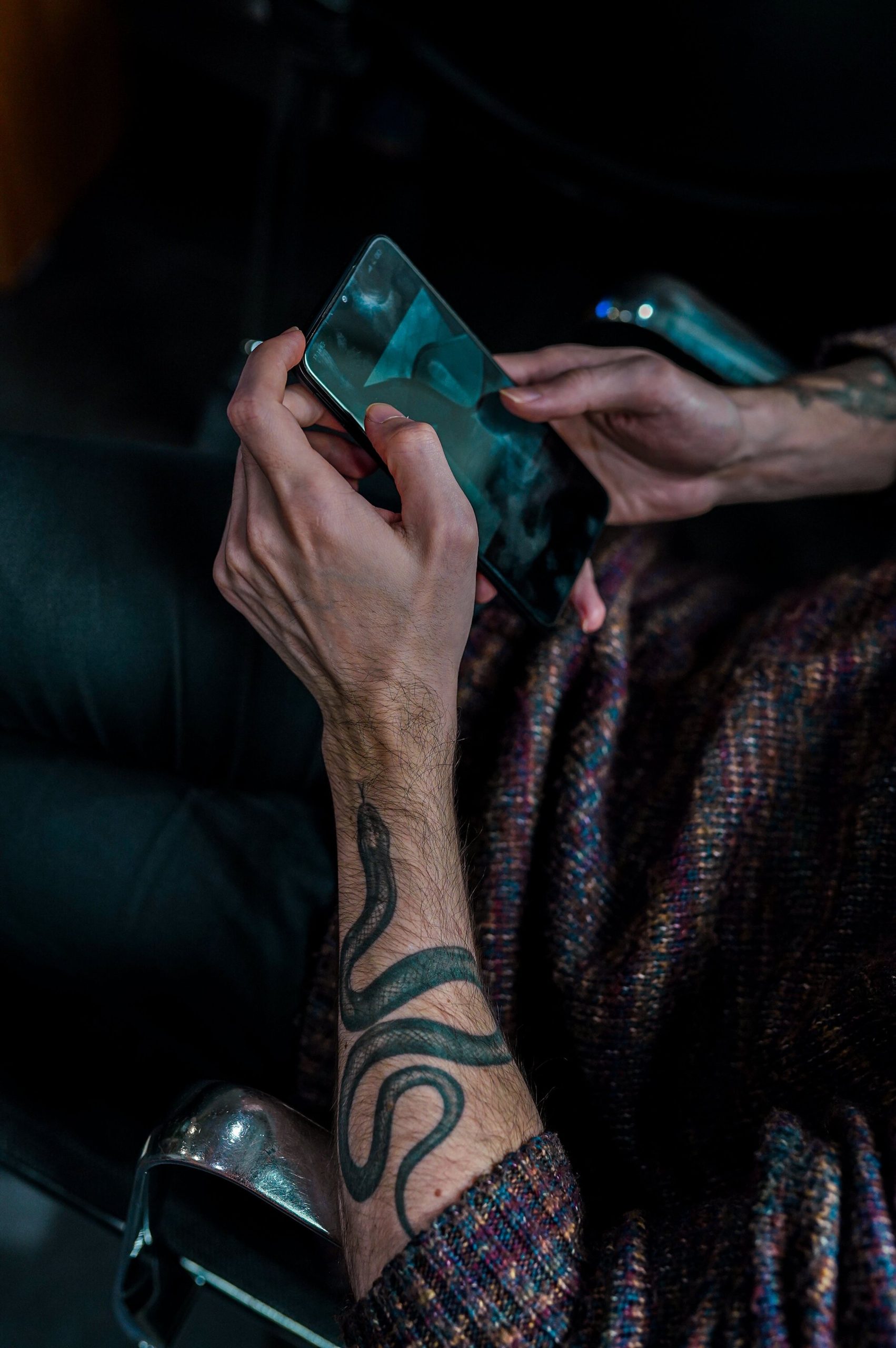Japanese neck tattoos are popular for their deep meaning and symbolism. The neck is seen as a symbol of strength and honor in Japanese culture. Dragon tattoos represent power and strength, while koi fish tattoos symbolize perseverance and determination. Cherry blossoms represent the fleeting nature of life and the beauty of impermanence. Other popular designs include samurai warriors, geishas, and traditional Japanese calligraphy. The history of Japanese tattoos dates back over 10,000 years, with evidence found on the bodies of the Ainu people. During the Edo period, tattoos were used to signify social status or occupation. In the 19th and early 20th centuries, tattoos were banned and viewed as a symbol of criminality. However, Japanese tattoos continued to thrive in underground circles, particularly among yakuza gang members. Japanese tattoos were historically associated with criminality and antisocial behavior in mainstream society, but they have become more popular in recent years, both in Japan and worldwide, due to their intricate designs and cultural significance. While there is still some taboo surrounding tattoos in Japan, there is a growing appreciation for the artistry and cultural heritage of Japanese tattoos.
Popular design ideas for Japanese neck tattoos include dragons, symbolizing strength, power, and protection; koi fish, representing perseverance, determination, and overcoming challenges; cherry blossoms, symbolizing the fleeting nature of life and beauty; samurai warriors, representing courage, honor, and loyalty; geishas, representing beauty, grace, and elegance; and traditional Japanese calligraphy, representing wisdom, knowledge, and skill.
When choosing a design for a Japanese neck tattoo, it is important to consider the symbolism and cultural significance of the design, as well as personal style and preferences. It is recommended to consult a skilled tattoo artist to ensure a visually stunning and meaningful tattoo. Japanese neck tattoos are seen as a powerful and meaningful form of self-expression that honors Japan’s cultural traditions. Japanese neck tattoos are known for their intricate details and symbolism. They hold traditional and historical meanings, representing knowledge of Japanese myths and legends. These tattoos are a way to express a love for Japanese culture and heritage. Japanese neck tattoos are suitable for both men and women. Some popular designs include the Japanese dragon neck tattoo, which symbolizes compassion and power, and the black Japanese neck tattoo, representing masculinity and the ability to overcome struggles. The traditional Japanese neck tattoo, also known as irezumi, incorporates elements of Japanese history and ancient stories. These tattoos often feature a gakubori, character, or scene as the background and are believed to possess magical power. Japanese neck tattoos can be done in various styles and colors, and it is recommended to consult an experienced designer for their creation. Japanese full neck tattoos can be visible on either side of the neck and can have any design, with letters making the wearer stand out. Getting a Japanese mask neck tattoo, particularly Hannya, indicates a desire to protect oneself from the past. Japanese koi fish neck tattoos symbolize endurance and are respected in Japanese culture. Japanese tattoos allow people to express their thoughts and emotions, and it recommends going to an experienced tattooist for the best design.
